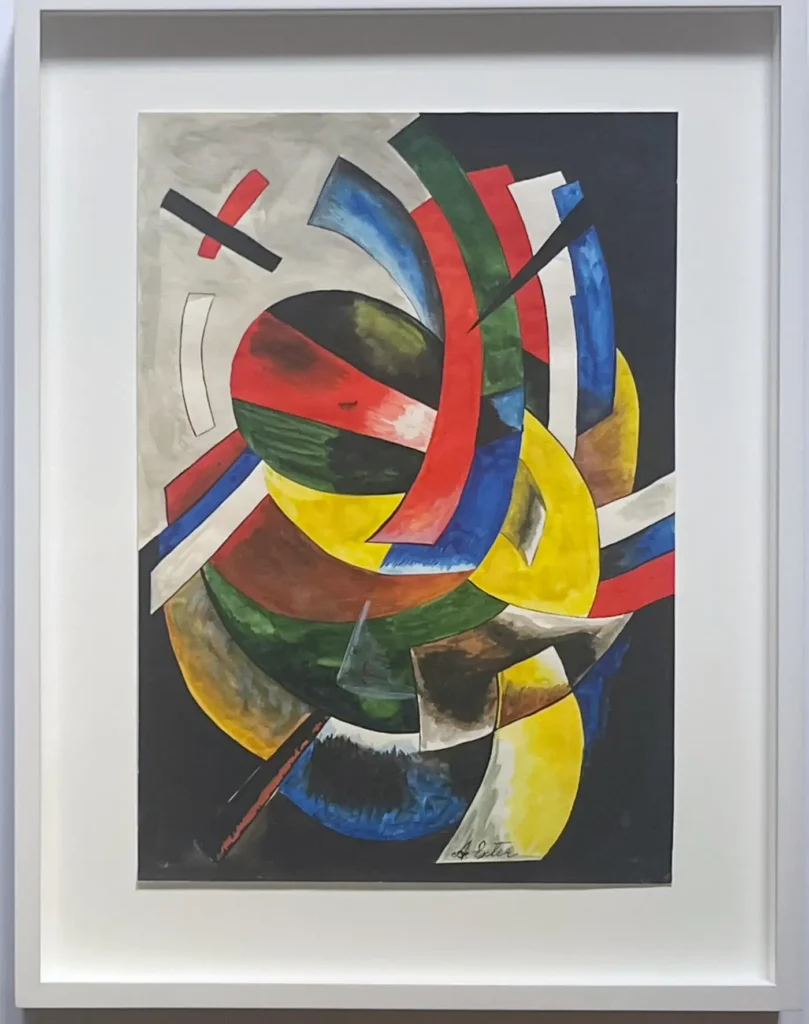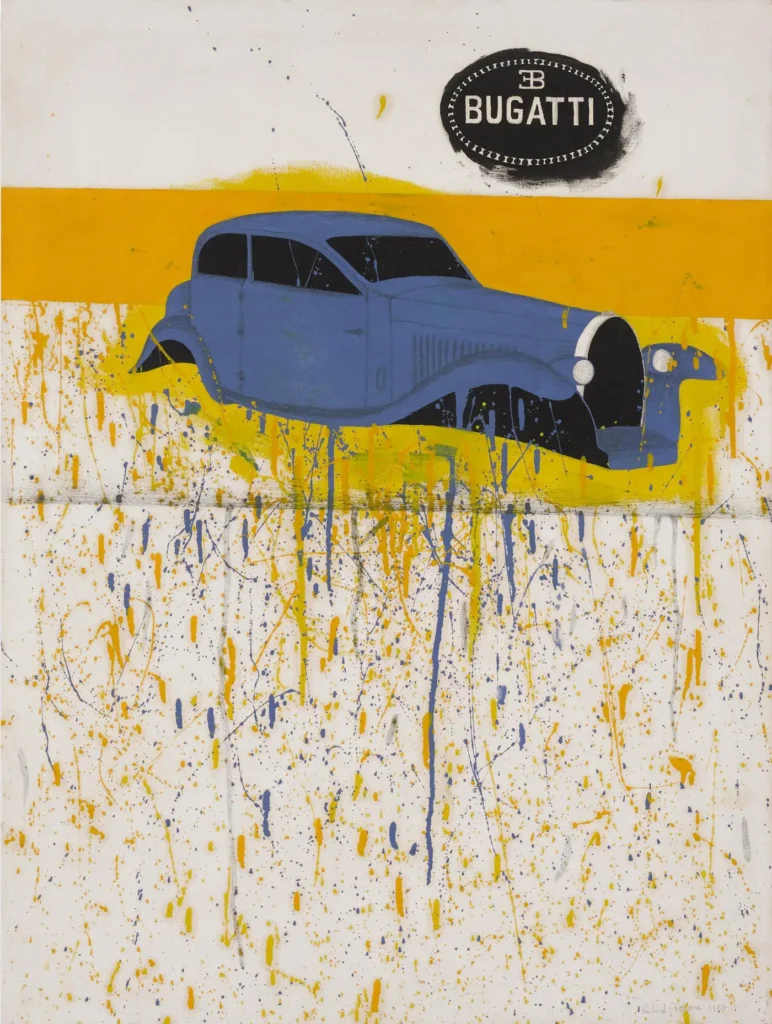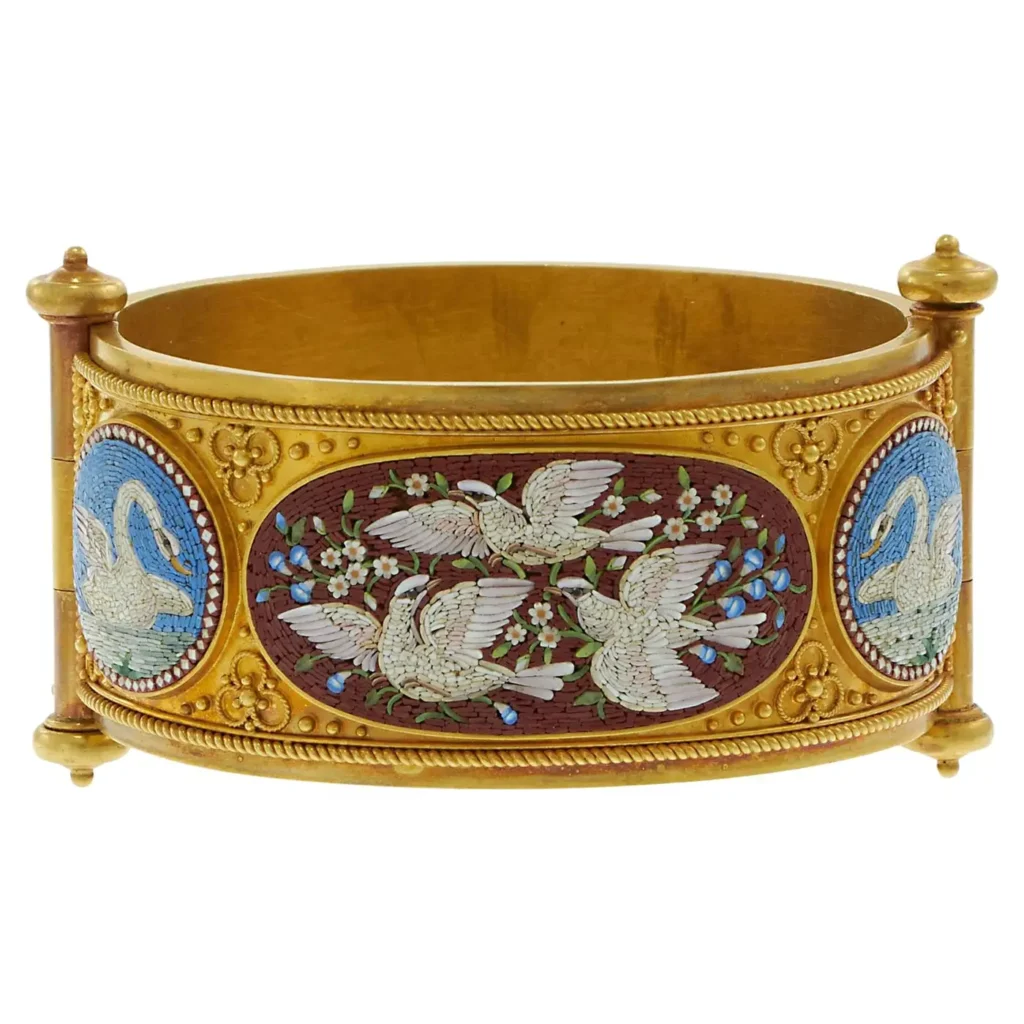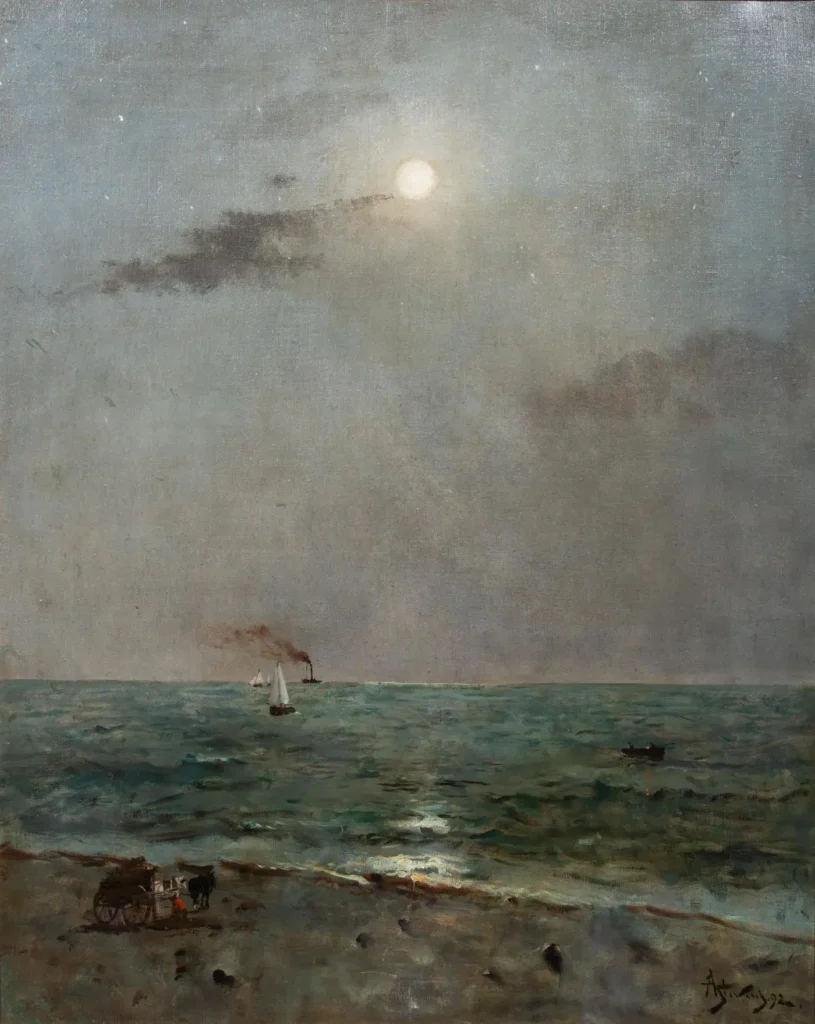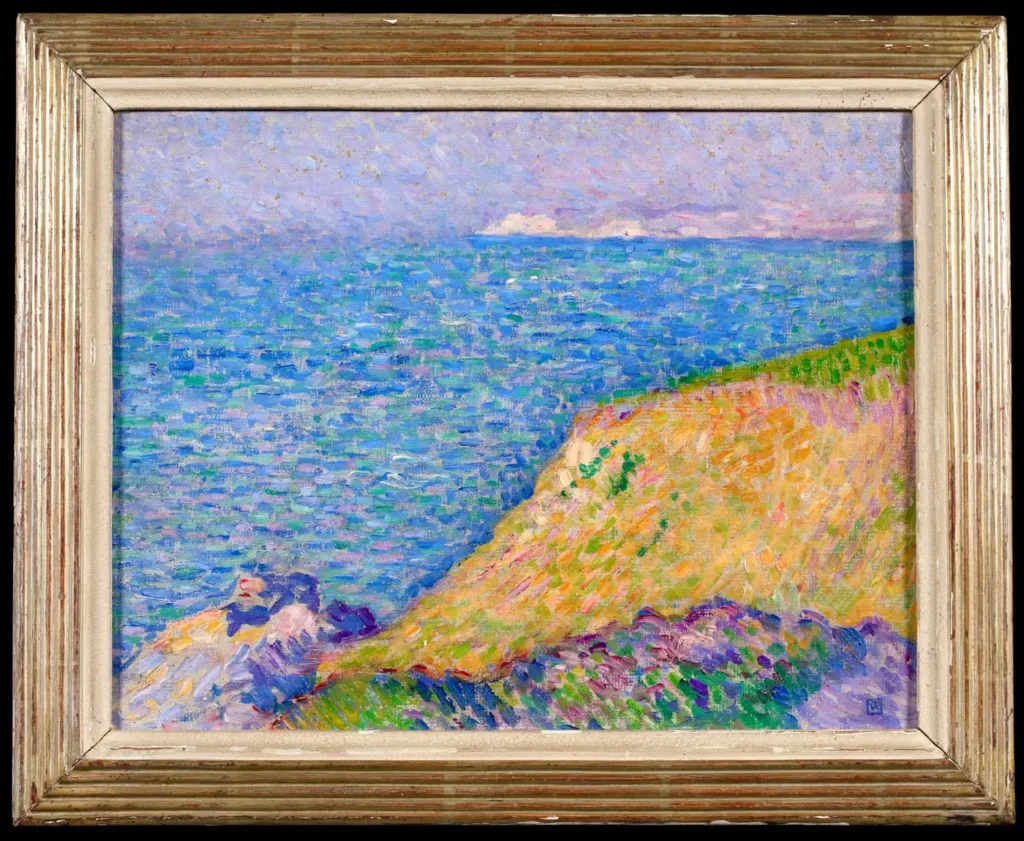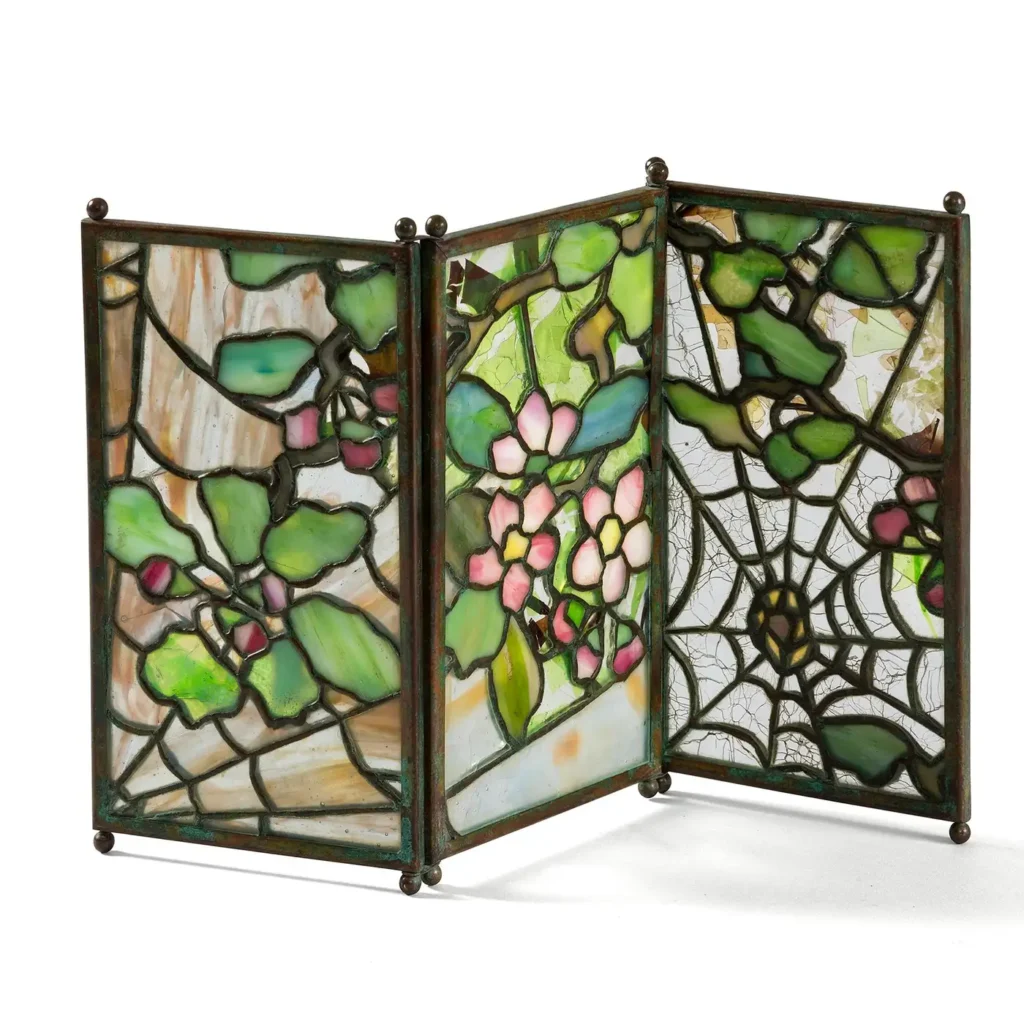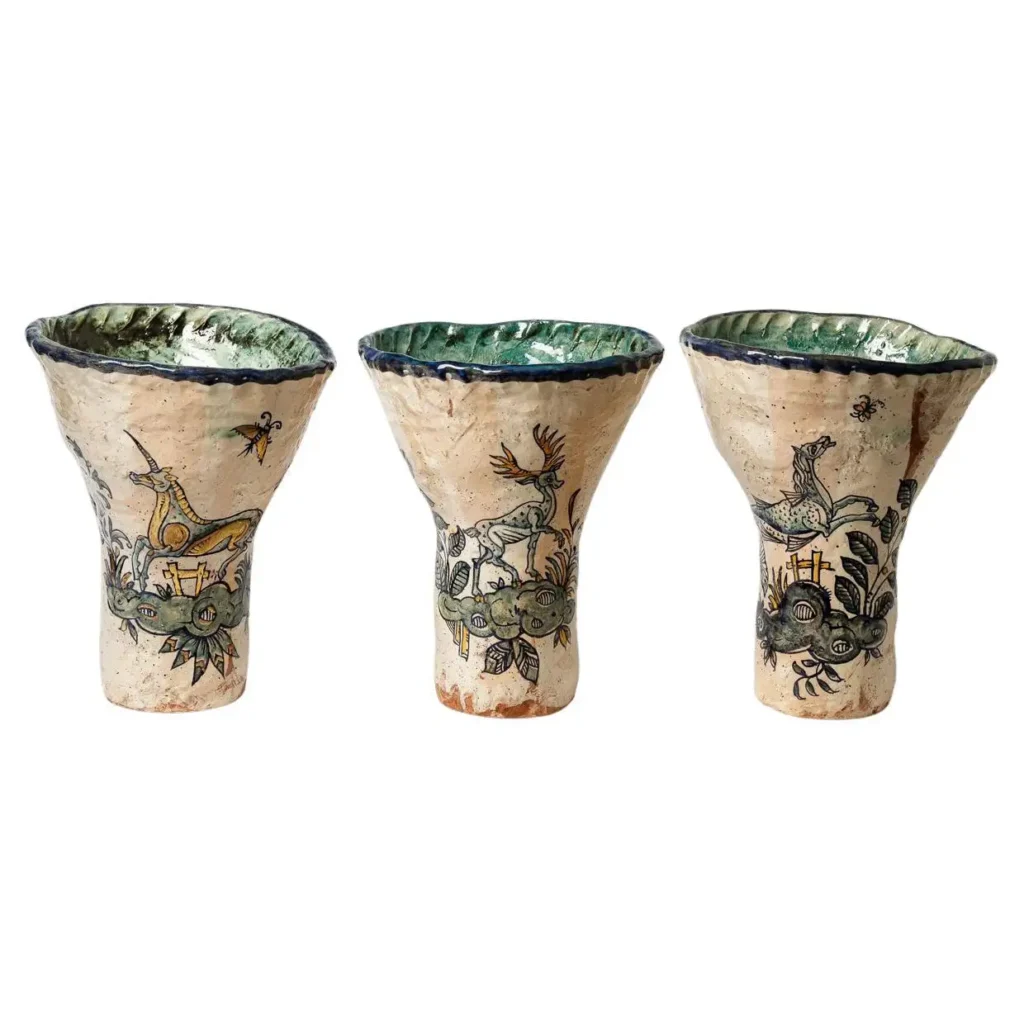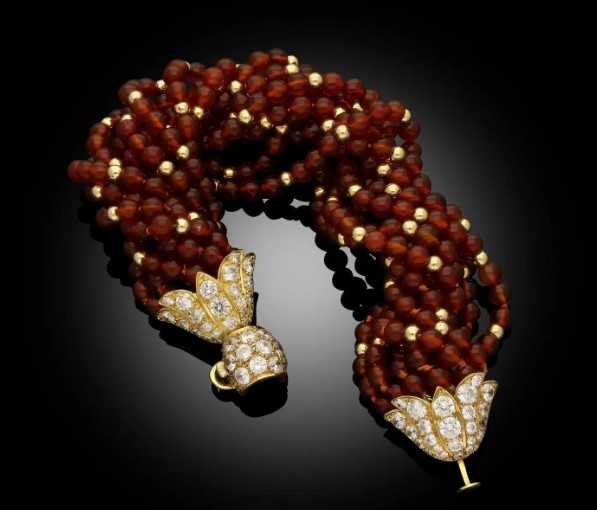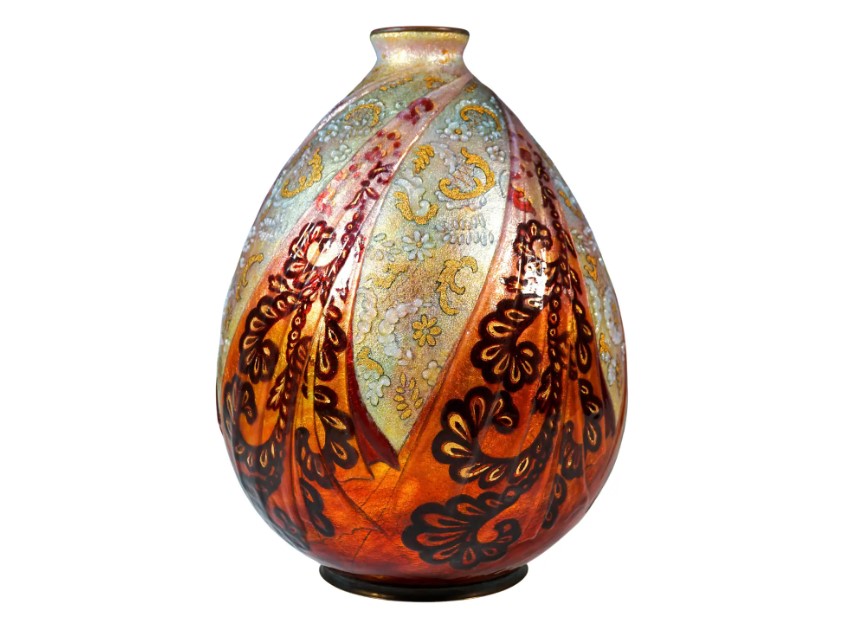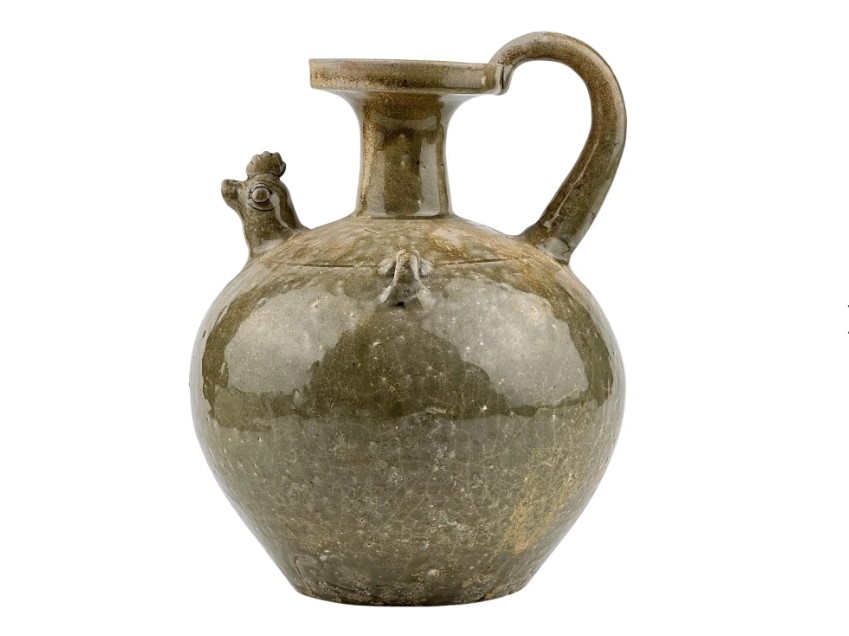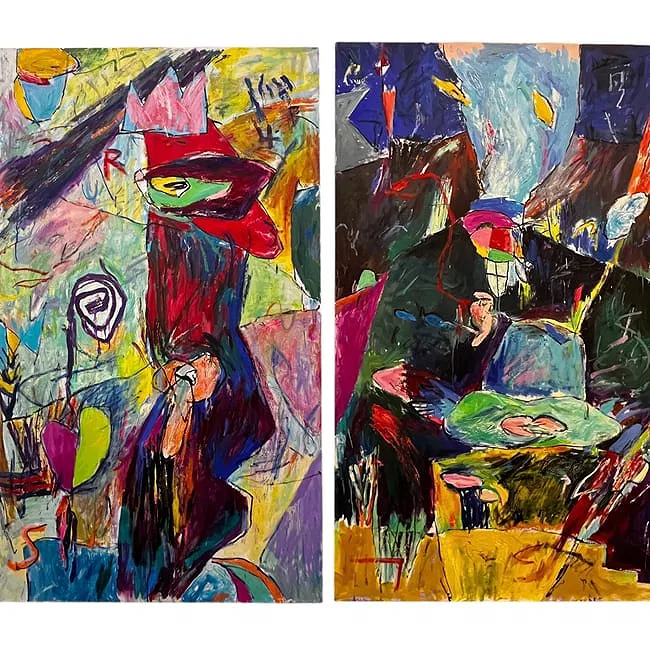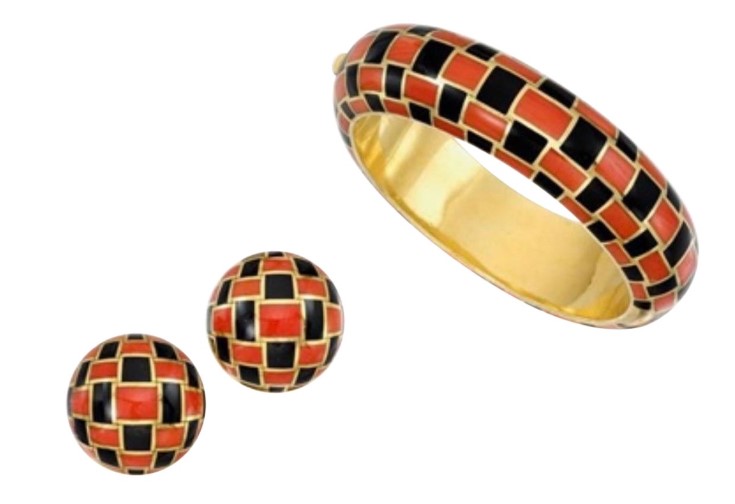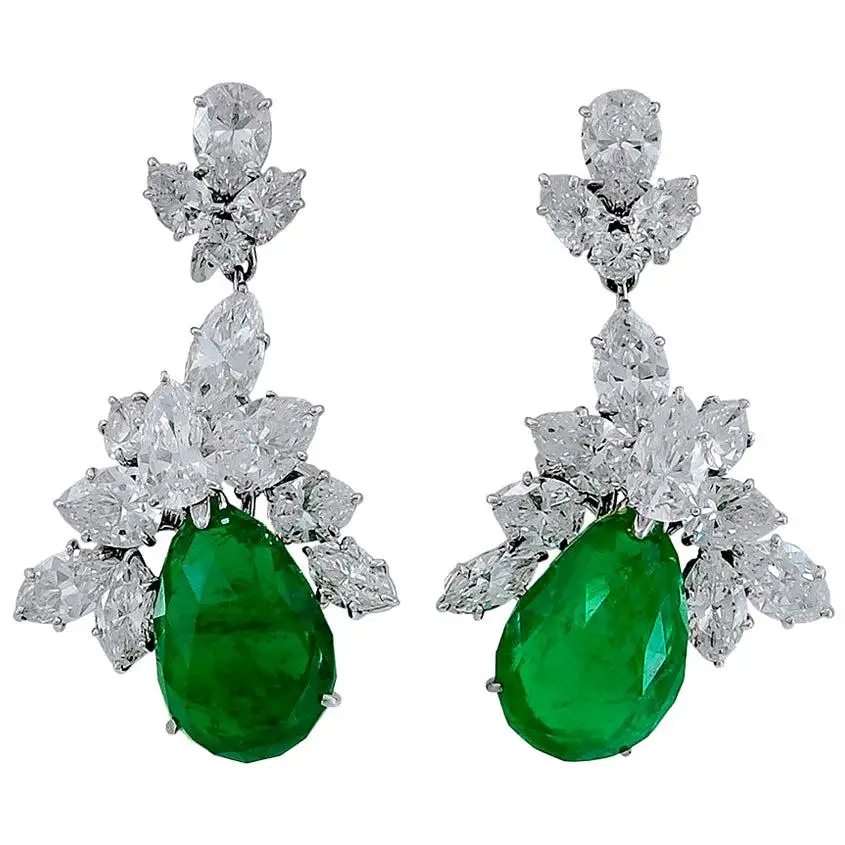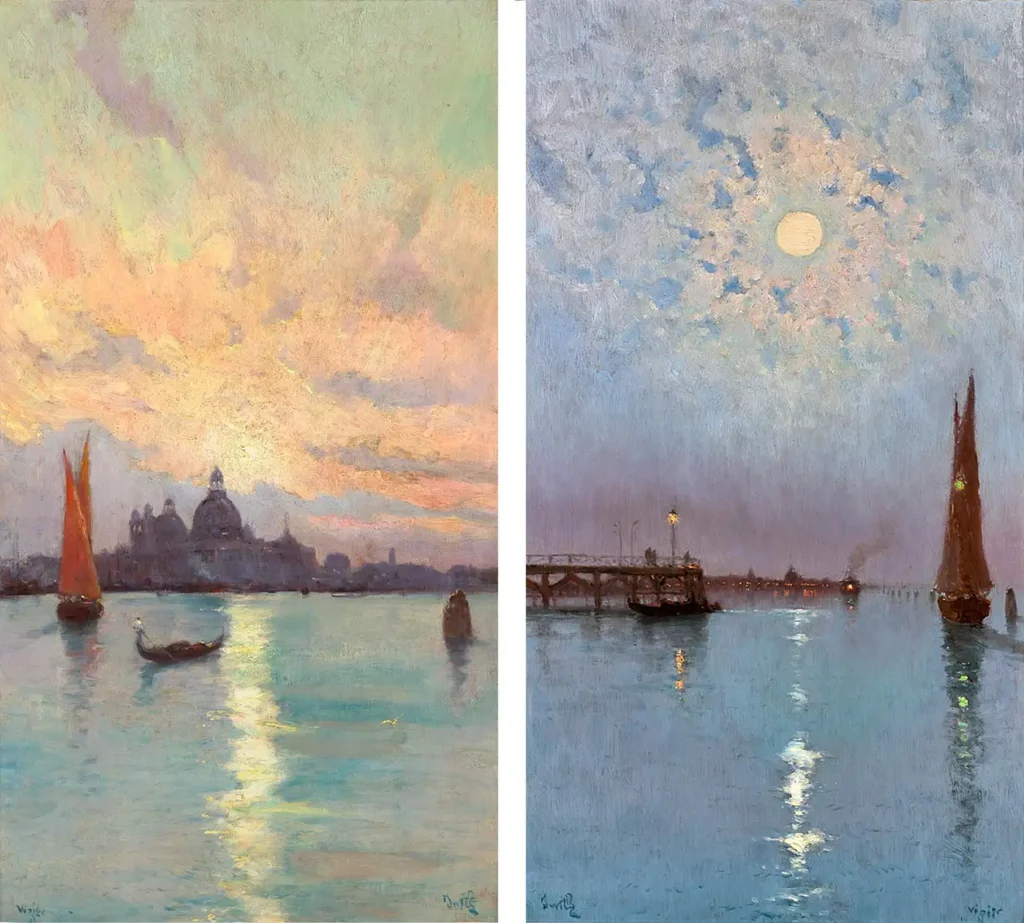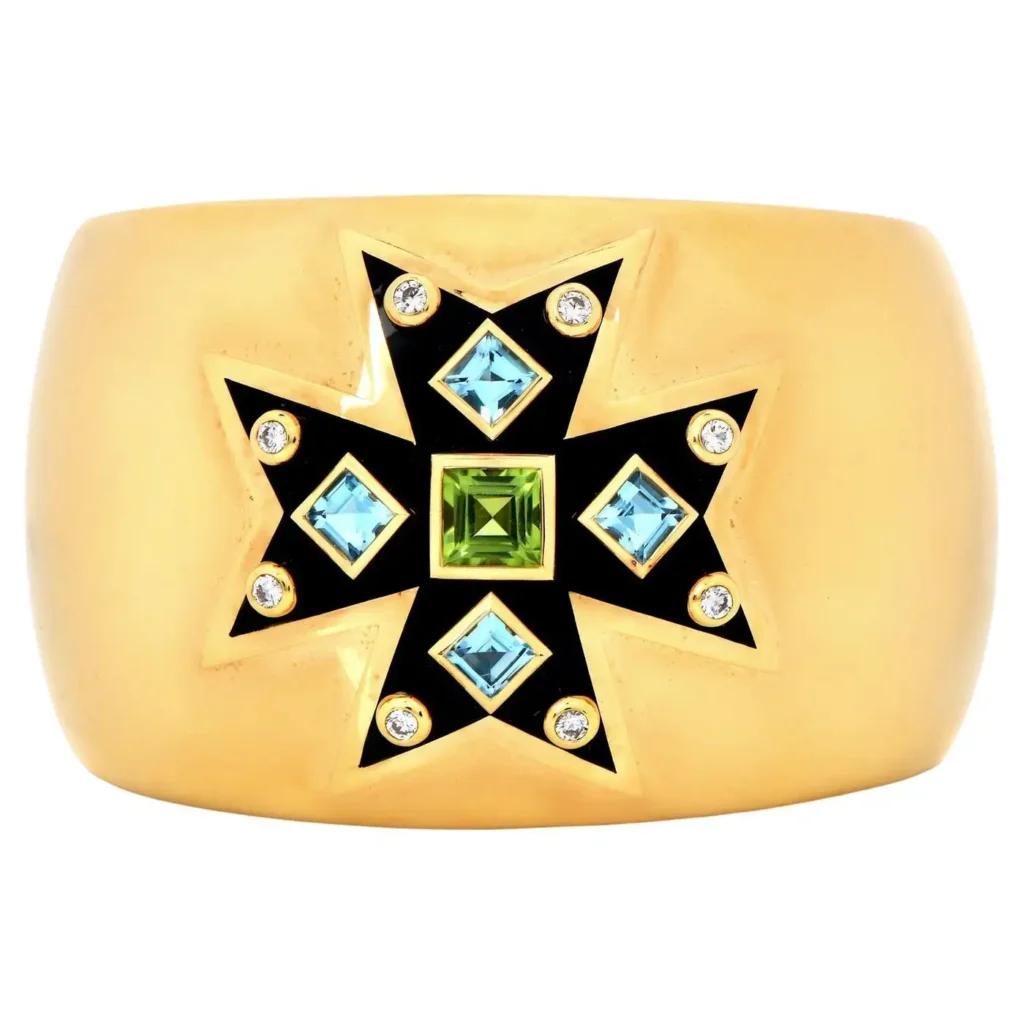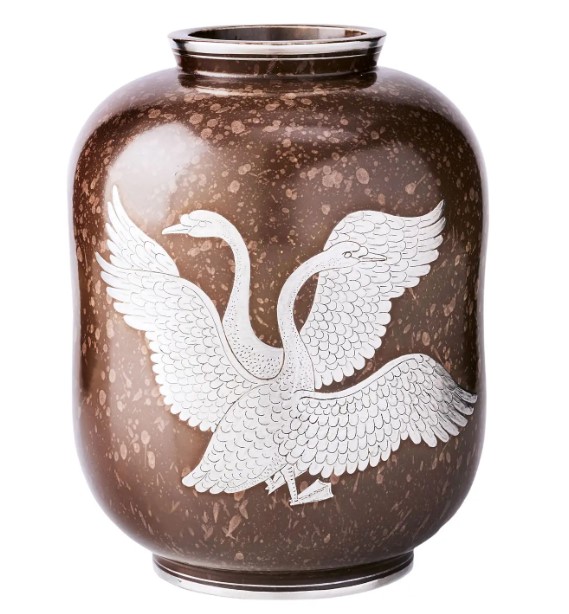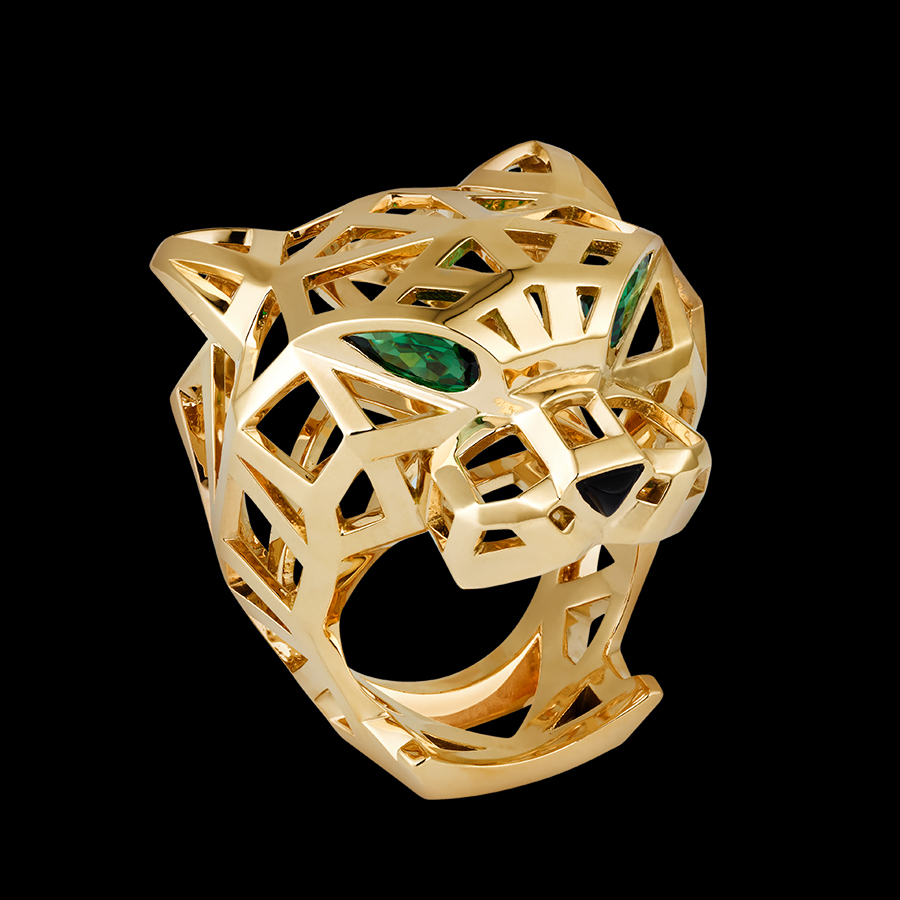Fine Art
Theo van Rysselberghe
SHARE
Theo van Rysselberghe: The Belgian Neo-Impressionist Master
Theo van Rysselberghe was a Belgian painter who played a pivotal role in the development of the Neo-Impressionist movement. Born in 1862 in the city of Ghent, van Rysselberghe was a key figure in the transition from the traditional Impressionist style to the more structured and scientific approach of Neo-Impressionism.
Van Rysselberghe’s early artistic training took place at the Royal Academy of Fine Arts in Ghent, where he was exposed to a variety of artistic influences, including the works of the Impressionists and the emerging Post-Impressionist movement. However, it was his encounter with the techniques of Georges Seurat and Paul Signac that would have the most profound impact on his artistic development.
Inspired by the pointillist technique pioneered by Seurat, van Rysselberghe began to experiment with the use of small, distinct brushstrokes of pure color to create his own unique interpretation of the Neo-Impressionist style. His works often featured vibrant, luminous colors and a meticulous attention to the effects of light and atmosphere, hallmarks of the movement.
One of van Rysselberghe’s most celebrated works is “The Bathers,” a large-scale painting that exemplifies his mastery of the Neo-Impressionist technique. The painting depicts a group of nude figures lounging by a tranquil body of water, their forms rendered in a series of carefully placed dots of color that create a sense of depth and movement. The composition is both harmonious and dynamic, with the figures interacting in a naturalistic manner that belies the underlying structure of the painting.
Van Rysselberghe’s work was not limited to the depiction of the human figure, however. He also produced a number of landscapes and still lifes that showcased his technical prowess and his ability to capture the subtleties of light and atmosphere. His landscapes, in particular, are characterized by their vibrant colors and their ability to convey a sense of the natural world in all its complexity.
Throughout his career, van Rysselberghe remained committed to the principles of Neo-Impressionism, even as the movement began to wane in popularity. His work continued to be celebrated for its technical mastery and its ability to capture the essence of the world around him, and he was recognized as one of the leading figures of the Belgian art scene.
Today, van Rysselberghe’s paintings are highly sought after by collectors and art enthusiasts alike, and his legacy as a pioneering Neo-Impressionist master continues to be celebrated and studied by art historians and scholars around the world.
